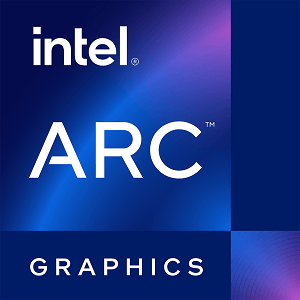NVIDIA L20 vs NVIDIA RTX A6000
We compared a Desktop platform GPU: 48GB VRAM L20 and a Professional market GPU: 48GB VRAM RTX A6000 to see which GPU has better performance in key specifications, benchmark tests, power consumption, etc.
Main Differences
NVIDIA L20 's Advantages
Released 3 years and 1 months late
Boost Clock has increased by 40% (2520MHz vs 1800MHz)
Larger VRAM bandwidth (864.0GB/s vs 768.0GB/s)
1024 additional rendering cores
Lower TDP (275W vs 300W)
Score
Benchmark
FP32 (float)
L20
+53%
59.35 TFLOPS
RTX A6000
38.71 TFLOPS
Graphics Card
Nov 2023
Release Date
Oct 2020
Tesla Ada
Generation
Quadro Ampere
Desktop
Type
Professional
PCIe 4.0 x16
Bus Interface
PCIe 4.0 x16
Clock Speeds
1440 MHz
Base Clock
1410 MHz
2520 MHz
Boost Clock
1800 MHz
2250 MHz
Memory Clock
2000 MHz
Memory
48GB
Memory Size
48GB
GDDR6
Memory Type
GDDR6
384bit
Memory Bus
384bit
864.0GB/s
Bandwidth
768.0GB/s
Render Config
-
-
-
92
SM Count
84
11776
Shading Units
10752
368
TMUs
336
128
ROPs
112
368
Tensor Cores
336
92
RT Cores
84
128 KB (per SM)
L1 Cache
128 KB (per SM)
96 MB
L2 Cache
6 MB
-
-
-
Theoretical Performance
322.6 GPixel/s
Pixel Rate
201.6 GPixel/s
927.4 GTexel/s
Texture Rate
604.8 GTexel/s
59.35 TFLOPS
FP16 (half)
38.71 TFLOPS
59.35 TFLOPS
FP32 (float)
38.71 TFLOPS
927.4 GFLOPS
FP64 (double)
604.8 GFLOPS
Board Design
275W
TDP
300W
600 W
Suggested PSU
700 W
4x DisplayPort 1.4a
Outputs
4x DisplayPort 1.4a
1x 16-pin
Power Connectors
8-pin EPS
Graphics Processor
AD102
GPU Name
GA102
AD102
GPU Variant
-
Ada Lovelace
Architecture
Ampere
TSMC
Foundry
Samsung
5 nm
Process Size
8 nm
76.3 billion
Transistors
28.3 billion
609 mm²
Die Size
628 mm²
Graphics Features
12 Ultimate (12_2)
DirectX
12 Ultimate (12_2)
4.6
OpenGL
4.6
3.0
OpenCL
3.0
1.3
Vulkan
1.3
8.9
CUDA
8.6
6.7
Shader Model
6.7



